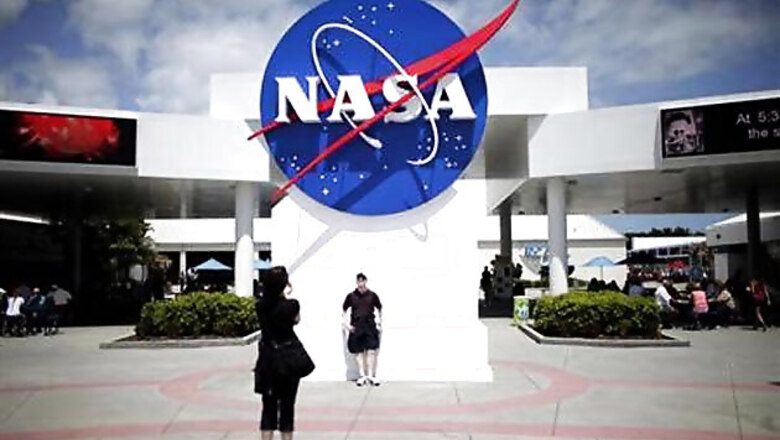
views
Washington: NASA expects to find the first traces of alien life within the next 20 years. Experts from NASA and its partner institutions have outlined a road-map to the search for life in the universe, an ongoing journey that involves a number of current and future telescopes.
"Just imagine the moment, when we find potential signatures of life. Imagine the moment when the world wakes up and the human race realises that its long loneliness in time and space may be over - the possibility we're no longer alone in the universe," said Matt Mountain, director and Webb telescope scientist at the Space Telescope Science Institute in Baltimore.
Mountain believes that moment is likely to be within the next 20 years, according to News.com.au. "Sometime in the near future, people will be able to point to a star and say, 'that star has a planet like Earth'," said Sara Seager, professor of planetary science and physics at the Massachusetts Institute of Technology in Cambridge, Massachusetts.
"Astronomers think it is very likely that every single star in our Milky Way galaxy has at least one planet," said Seager.
NASA's quest to study planetary systems around other stars started with ground-based observatories, then moved to space-based assets like the Hubble Space Telescope, the Spitzer Space Telescope, and the Kepler Space Telescope.
Today's telescopes can look at many stars and tell if they have one or more orbiting planets. Even more, they can determine if the planets are the right distance away from the star to have liquid water, the key ingredient to life as we know it, NASA said.
The NASA road-map will continue with the launch of the Transiting Exoplanet Surveying Satellite (TESS) in 2017, the James Webb Space Telescope in 2018, and the proposed Wide Field Infrared Survey Telescope - Astrophysics Focused Telescope Assets (WFIRST-AFTA) early in the next decade.
These upcoming telescopes will find and characterise a host of new exoplanets expanding our knowledge of their atmospheres and diversity.
The Webb telescope and WFIRST-AFTA will lay the groundwork, and future missions will extend the search for oceans in the form of atmospheric water vapour and for life as in carbon dioxide and other atmospheric chemicals, on nearby planets that are similar to Earth in size and mass, a key step in the search for life.



















Comments
0 comment